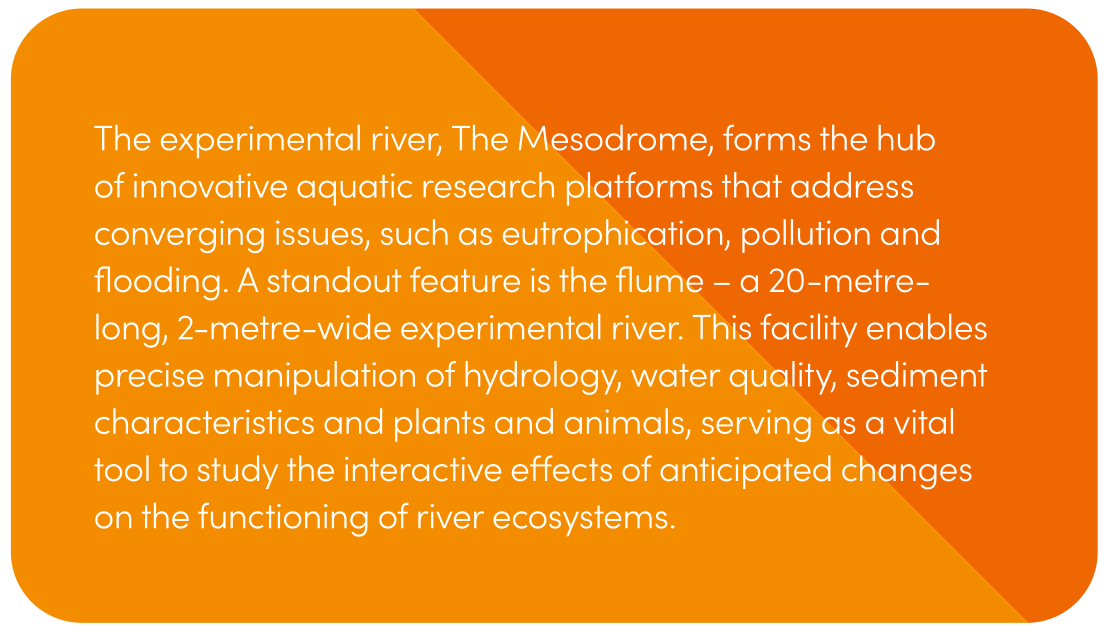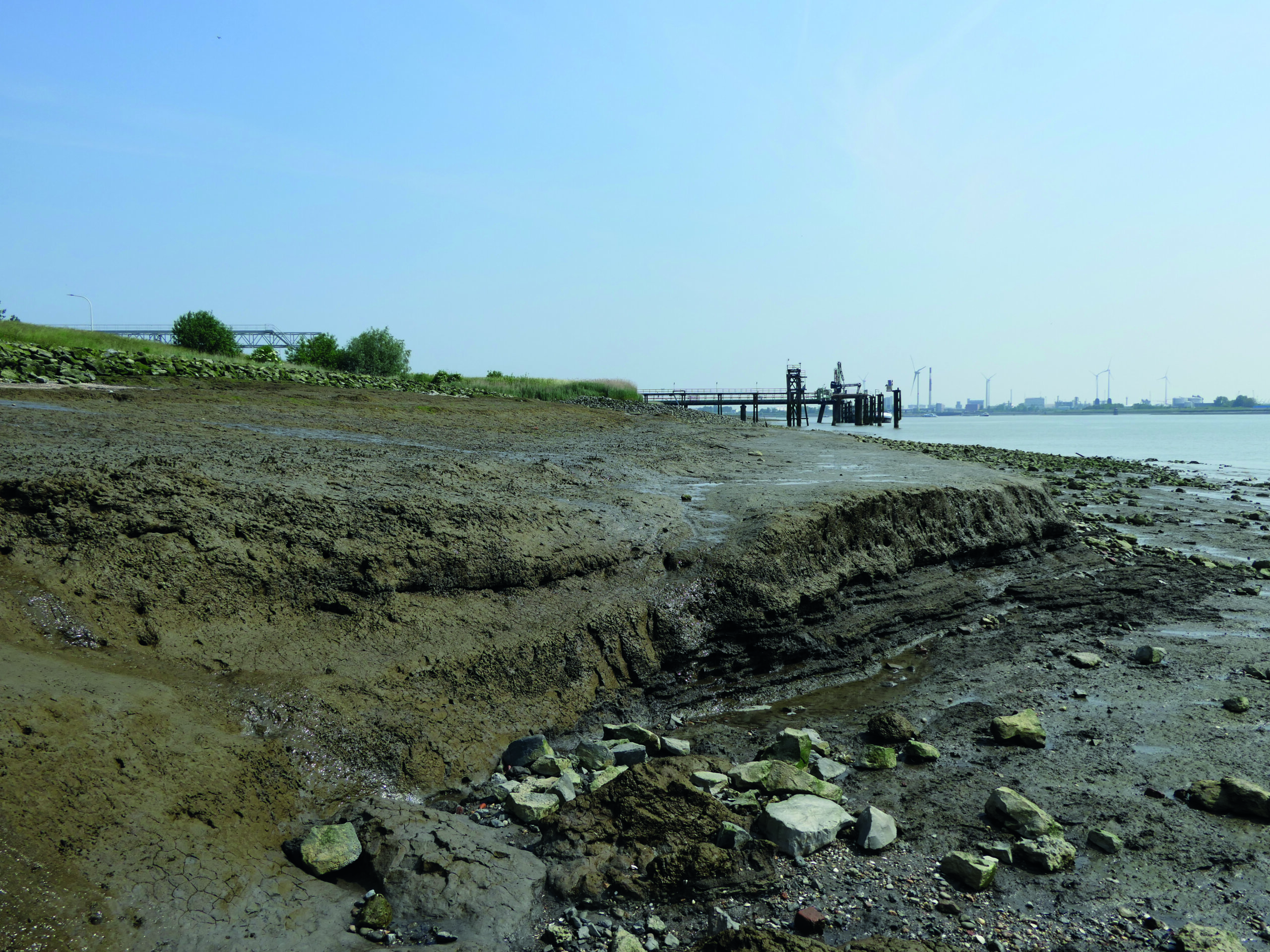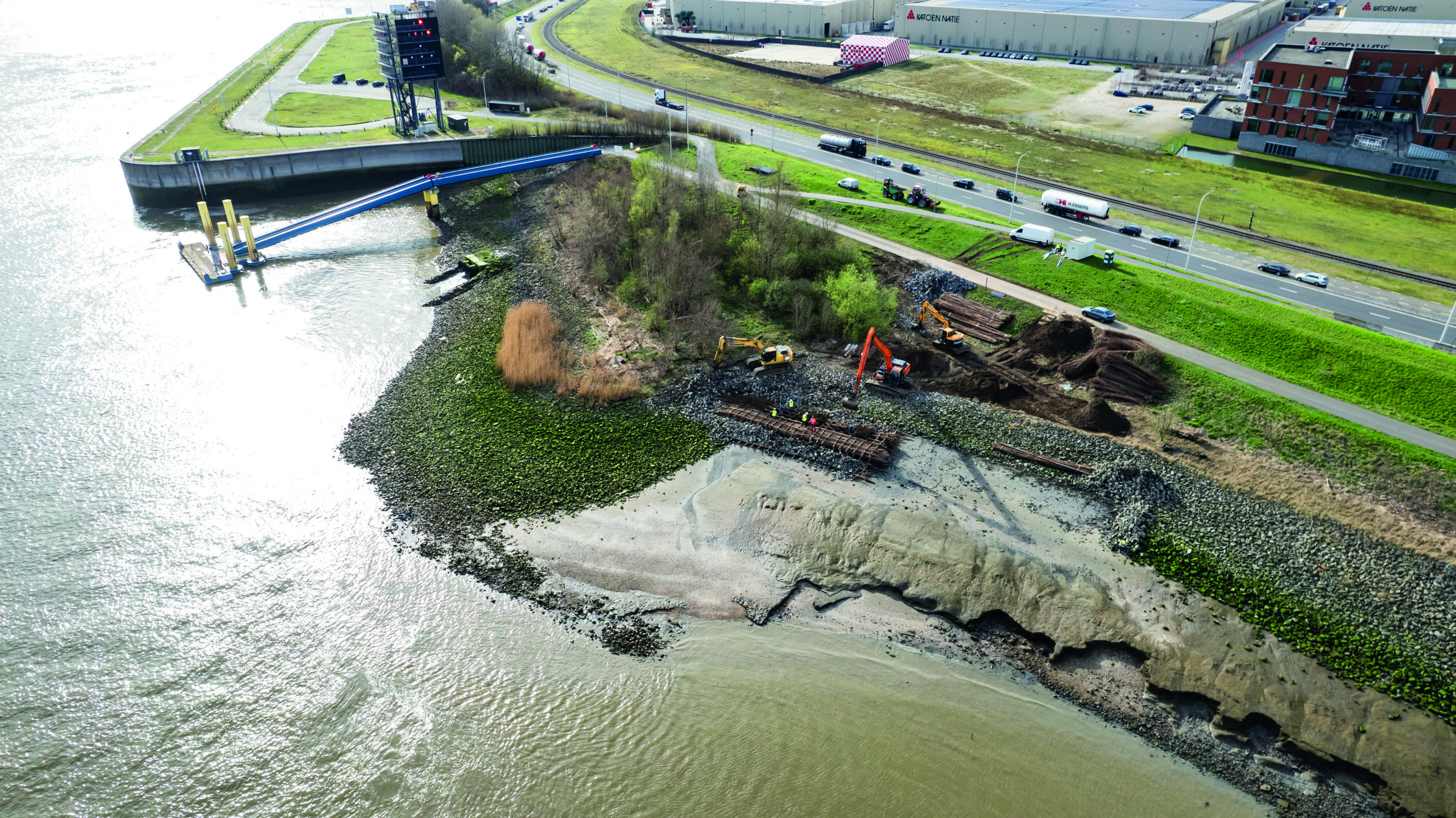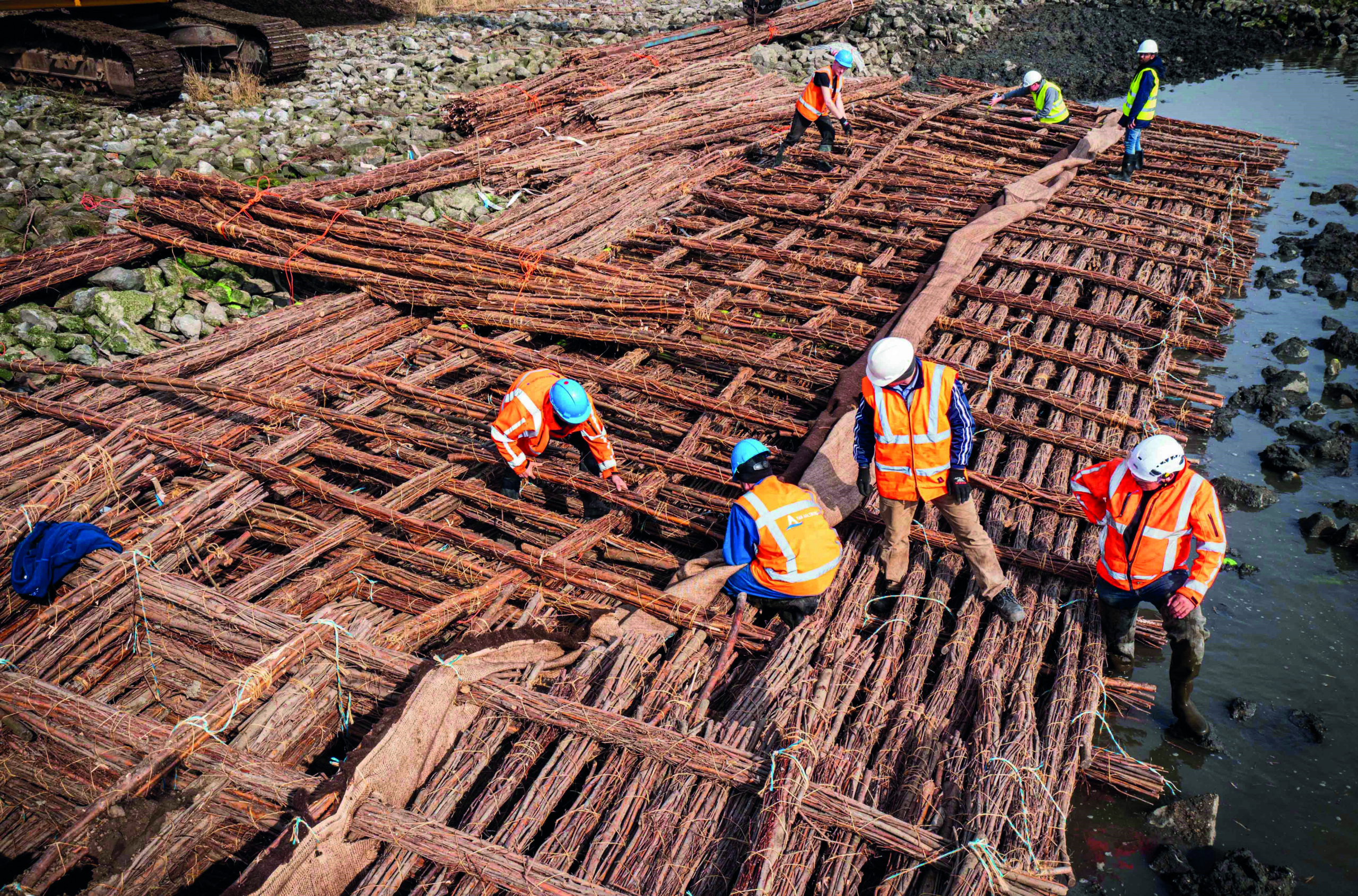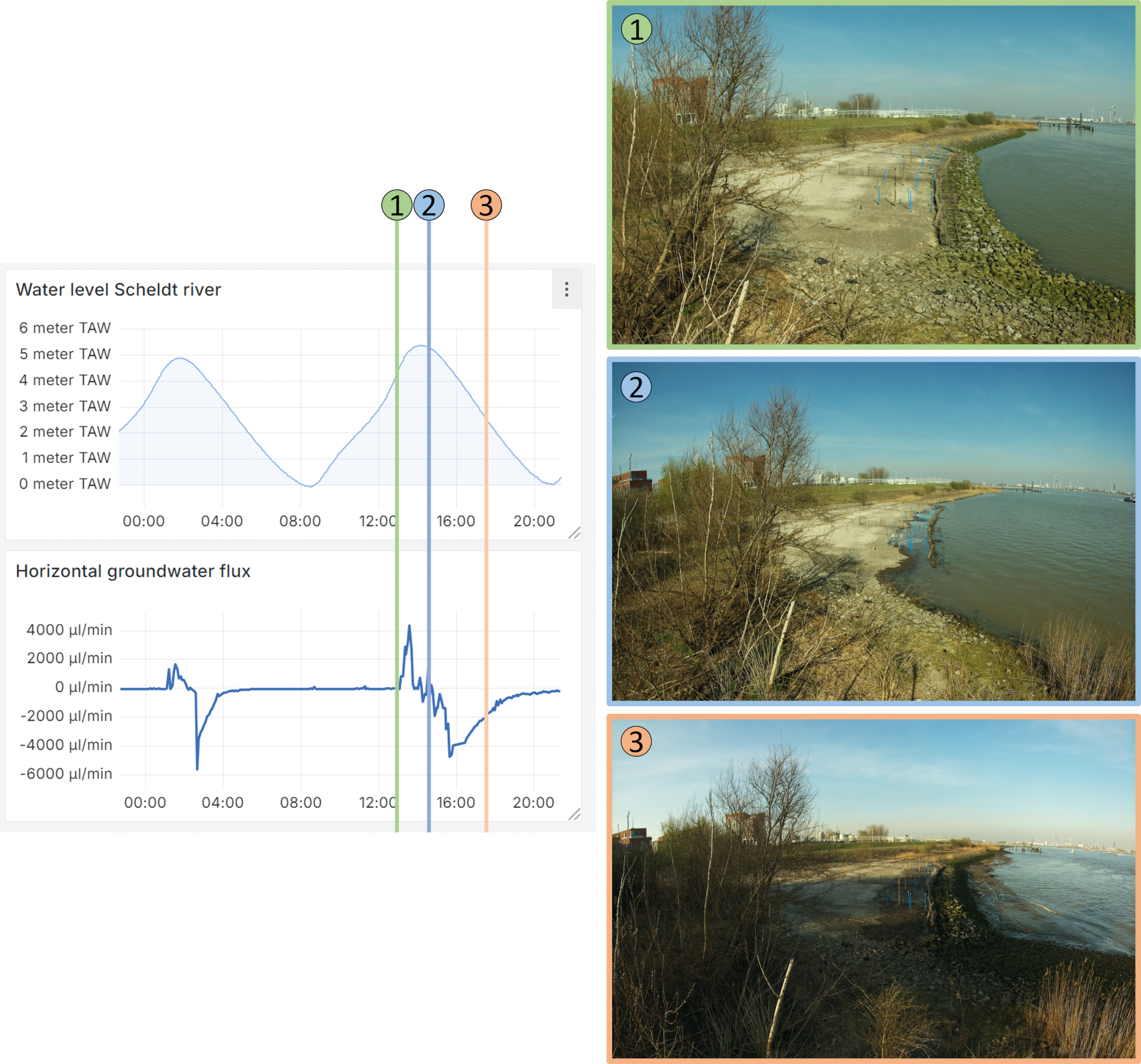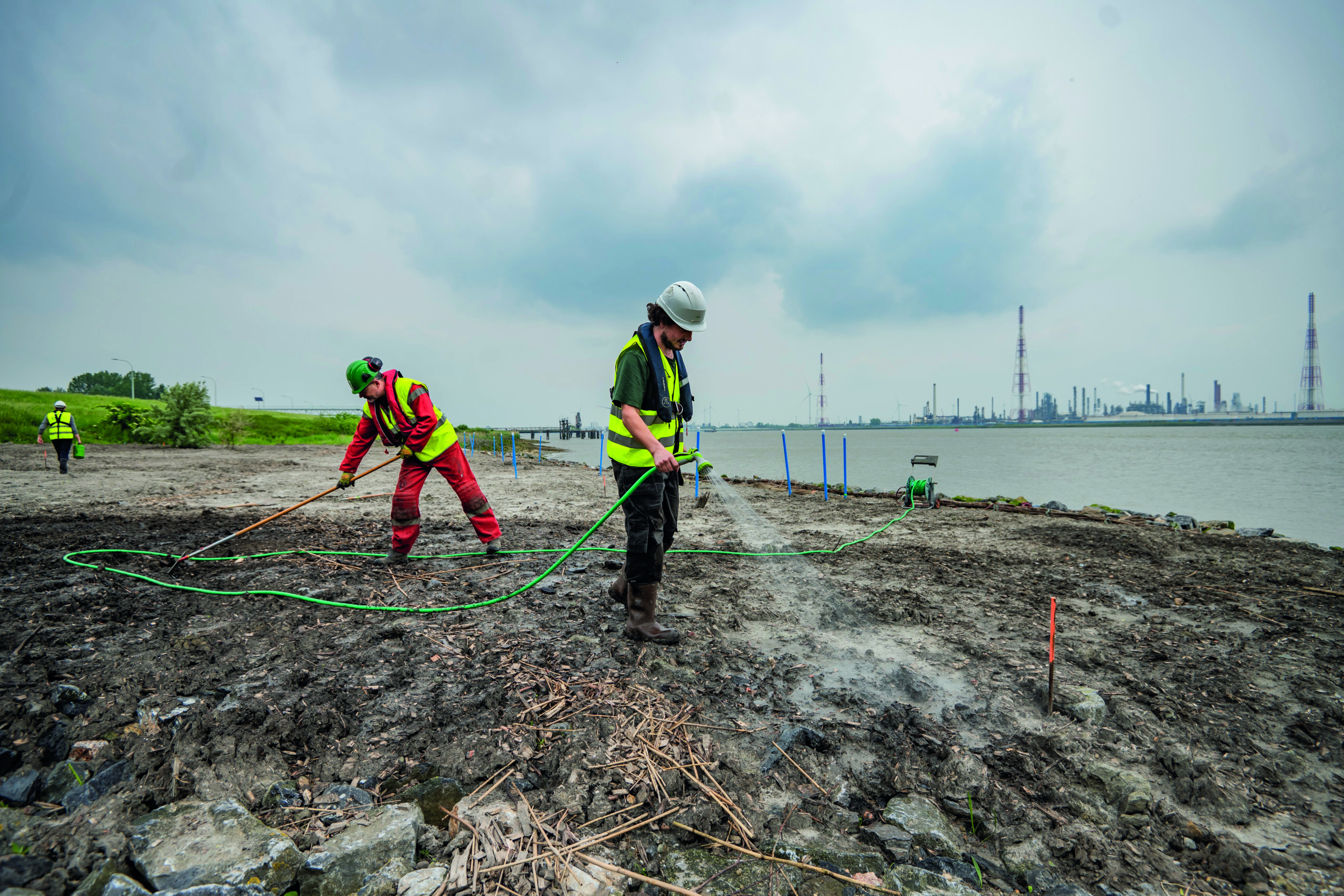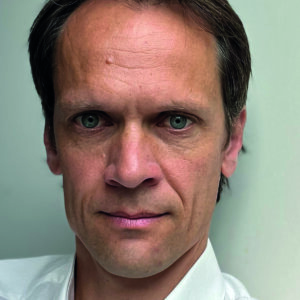Designing a marshland
The project aimed to create a more sustainable and resilient integrated river management plan that addresses the diverse interests of all stakeholders involved. Such an ecosystem-based estuarine flood protection can only be brought into large scale practice on condition that:
- sufficient space is made available in the estuary to accommodate the creation and development of (additional) ecosystems;
- a better understanding of the complex estuarine processes identifies relevant key engineering species and its habitats to enhance relevant natural dynamics;
- local stakeholders support the development of ecosystem services.
Once these conditions are met, solutions can be designed to translate the desired ecosystem engineering functionality into an integrated part of the estuarine flood protection management. On the one hand, such development requires a generic framework to select the appropriate measures based on the spatial and temporal scale of the overall estuary system. On the other, it requires knowledge on the ecology and ecosystem services delivered by the wetland (both marshland and mud flats) forming ecosystem. For these reasons, the design process integrates numerical modelling and experimentation, adheres to legislation and emphasises the beneficial reuse of sediment and biosafe materials to achieve optimal groundwater dynamics to facilitate proper morpho dynamics. Explicit seeding and active soil management reflect active ecological engineering measures to guide vegetation development as a crucial success factor for an efficient kick-start of the on-site marshland application.
Given the explicit multidisciplinary interaction, the success of the Bankbusters project relies on continuous interactive engagement with clients and stakeholders. Key stakeholders include the Port of Antwerp, Vlaamse Waterweg and the Flemish Maritime Access Division, among others.






